The Power of Touch
Blog #1
The Power of Touch
  One lazy Saturday morning, I was listening to NPR podcasts while tackling some household chores. The gentle voice of podcast host of Hidden Brain, Shankar Vedantan, introduced the topic of the podcast: the power of touch and how important touch is for children and adults of all ages. Given how regularly I speak about the centrality of touch in my practice, I was intrigued and listened attentively.
  Vedantan interviewed a 40-year-old woman, Alison, who is attached to her blanket and sleeps with it every day. Another guest on the show, the Pulitzer Prize-winning author of Love at Goon Park, Deborah Blum, talked about how normal it is for all living beings to thrive with touch. Blum spoke eloquently about the soothing nature of touch, which says without words ‘I am here for you every day.’
  The physiological benefits of interpersonal touch are well-known. Among other things, touch can enhance growth in children; improve cognitive functioning; lower blood pressure and heart rate; reduce cortisol (stress hormone) levels; stimulate memory; increase oxytocin levels (uplifting emotions); and boost the immune system.
  I often speak about the importance of touch with my clients. Couples frequently view touch as just a gateway to sexual activity. Many couples in long-term relationships use touch efficiently and sparingly – they master the art of the quick kiss, the shoulder hug, and intercourse without sensual touch. In the book The Myths of Happiness, author Sonya Lyubomirsky speaks about the importance of non-sexual touch in enhancing a relationship. It is essential that couples incorporate non-sexual touch alongside sensual and sexual touch. Non-sexual touches facilitate bonding and closeness in different, but equally important, ways than their sexual counterparts.
  In my practice, I explain to clients the difference between non-sexual and sexual touch. Non-sexual ‘touch’ activities may include hand holding while walking, cuddling, reassuring touches, full-body hugs, massages, and even eye contact. (While the latter activity isn’t exactly touch-based, I can’t emphasize enough the importance of establishing eye contact while speaking with your partner–it makes the other person feel respected and heard, and helps foster a deeper emotional connection.)
  I ask couples to consider engaging in non-sexual touch without anticipating sexual activity as the finale. For example, taking the time to cuddling without an expectation of further sexual activity can reduce the pressure that individuals with low desire or sexual difficulties feel when their partner initiates touch.
  I also explain to couples ways that utilizing different kinds of touch can help reduce pain and anxiety in a variety of situations. A new study has found that when a romantic partner holds hands with a partner in pain, their brain waves sync and the partner with pain experiences some relief.
I thought about the podcast again and the words of Dr. Deborah Blum about the importance of touch. She spoke about the ways that touch facilitates thriving across species. As a relationship and sex therapist, I often marvel at the critical role that touch plays in improving resilience, safety and bonding in romantic relationships. I am reminded of Yoshimoto’s words in the book The Lake, “This is what it means to be loved…..when someone wants to touch you, to be tender….â€

Rittenhouse Relationship and Sexual Health Center is my dynamic, private practice where I offer compassionate, confidential and competent, individual, couple and sex therapy. I have over 25 years of experience in providing psychotherapy and teaching, and training aspiring psychotherapists and sex therapists. My practice welcomes individuals from diverse backgrounds, including race, ethnicity, sexual orientation and gender identity.

